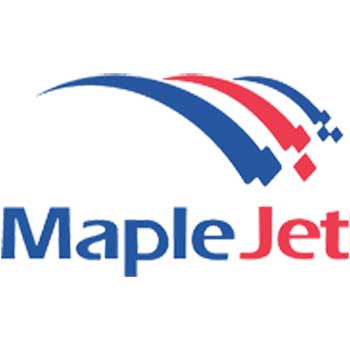While plastic packaging is widely used in all industries, the beverage manufacturing industry has adopted plastic packaging the most. 1According to a study made by Statista on the global packaging mix of beverages by packaging type in 2020, Polyethylene terephthalate, or what we popularly know as PET bottles account for 31% of the packaging types used in the beverage industry followed by Glass with 24%, and Cans with 19%. While plastic bottles are obviously the preferred packaging material because they are cheap, light, and have a good shelf-life; manufacturers are still confronted with an important aspect in plastic bottle packaging – which is product identification. Bottle coding or printing date codes such as ‘expiration date’ and ‘best before’ onto plastic bottles are needed to ensure that companies meet the required taste, consistency, and nutritional value of their product upon consumption. Most importantly, to ensure the food safety of customers.

There are various printing technologies that have been developed to print directly onto plastic bottles. However, perhaps it is safe to say that none of them offers the perfect solution for manufacturers of various scales to cherry-pick. Listed below are the common bottlenecks of coding and marking on plastic bottles.
Working Environment
Is it moist, hot, or freezing? These types of questions are always needed to be addressed when looking for coding solutions on any beverage line. Since coding printers use solvent-based inks to print on PET products, these printers are definitely not going to print properly when moisture is present on the substrate. Albeit, some technology may be able to print even on a moist surface A coding solution provider will have to figure out the best location to place the printer to achieve the best print quality. Of course, other factors such as dry time and ink adhesion are needed to be considered. Manufacturers would always prefer small or lite bottle coding printers that are easily integrated on their line and are easily movable on the production floor, and that does not take up a lot of space. Thermal inkjet printers such as MapleJet Hx Nitro are one of the best options to use when movability, simplicity, and convenience are considered.

The clearer, the better. So where to print?
It is always better to print the date code where it is visible immediately to consumers. Having a visible product identification will not only reduce the time wasted by consumers trying to look for it on the label but also avoid possible food poisoning issues, especially for children. Aside from printing on the cap, most plastic bottle packaging has expiration printed on the neck. It is an obvious choice since it is the most visible area for consumers to see. Printing on a bottle’s shoulders may sound easy but not all coding technologies are capable of achieving that. Perhaps, we could say that laser printers and continuous inkjet printers are well known for printing in this area. But other technologies such as thermal inkjet printing (TIJ) with higher throw distance capability are now able to print on curved, recessed, or uneven angles on bottles’ surfaces. There are a lot of coding printer options now for manufacturers to choose from when the print position is a factor to consider.
Vibration issue
Vibration in the production line is one of the problems that confront coding printers to print good quality and legible date codes on PER bottles. CIJ printers and DOD printers are known to have the ability to withstand this type of printing environment. However, TIJ printers are also becoming a good option driven by the recent development on ink formulation improving throw distance, dry time, etc. TIJ printers are also lite and can be placed in areas where less vibration occurs.
We need more, is this fast enough?
Every manufacturer needs to meet the production quota. It could be monthly, weekly, or daily depending on their distribution and consumer demand. The beverage manufacturing industry is notorious for having really demanding production lines, particularly on daily throughput. With increased demands on water bottles for instant hydration, energy drinks, and other sweet-colored beverages, the beverage manufacturing industry requires coding equipment that can complement its production requirement. Coding printers such as CIJ and laser are good options when speed is required; however, thermal inkjet printers are now developing and are able to print even up to 114 meters (370 feet) per minute. At least this type of speed can provide a solution to the majority of bottled beverage production lines.
It All Boils Down to Cost
Undeniably, one of the most important bottlenecks that confront manufacturers, especially small to medium scale producers, is the cost of the coding machine. Cheap printers are sometimes a quick choice but the quality is always the problem. And, when looking at it as a longer investment, it is not viable because of its poor quality. CIJ and Laser printers are only affordable to big companies. With frequent servicing, maintenance, and expensive spare parts needed, the cost of running the printer is still arguably difficult. Thermal inkjet printers, however, are lower cost in terms of ownership. They had been introduced in the market with limited capability but through research and development, it has now become surprisingly advanced, economical, and can perform tasks that were only thought possible through other printing technologies.
Reference:
1www.statista.com/statistics/232787/global-pack-mix-of-beverages-by-packaging-type/







Recent Comments